Blog
-
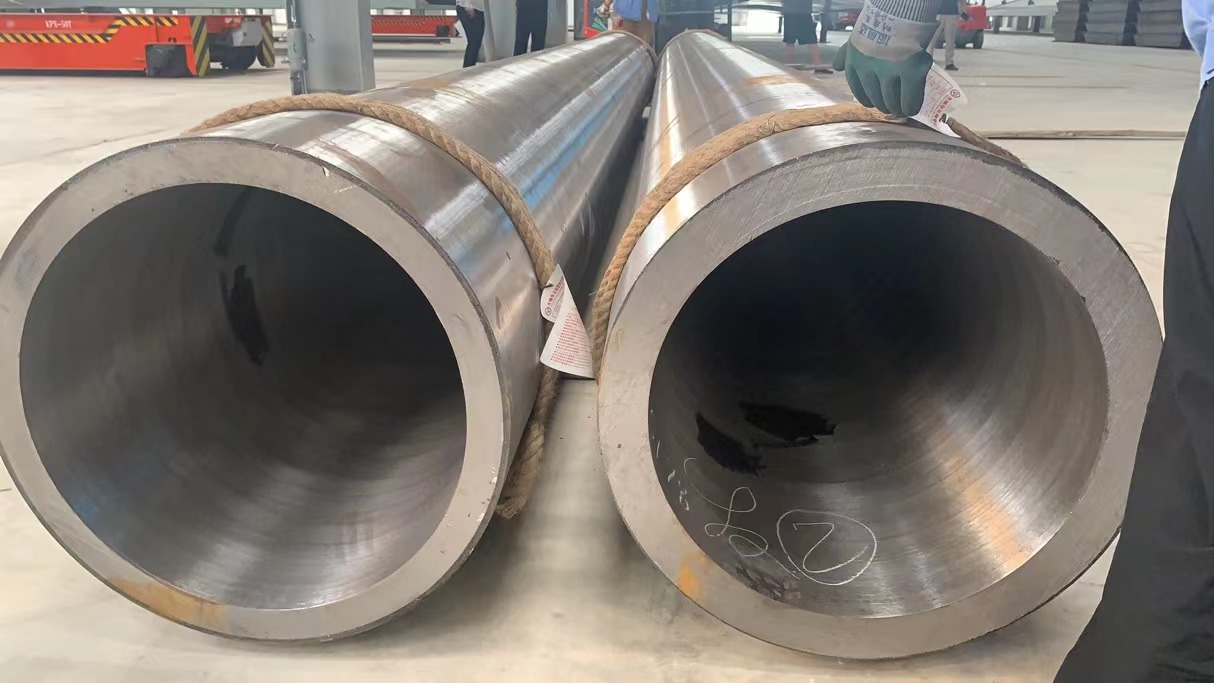
Welded Steel Pipe-Stainless steel what is Stainless steel
Stainless steel, also known as inox, corrosion-resistant steel (CRES) and rustless steel, is an alloy of iron that is resistant to rusting and corrosion. It contains at least 10.5% chromium and usually nickel, as well as 0.2 to 2.11% carbon. Stainless steel's resistance to corrosion results from the chromium, which forms a passive film that can protect the material and self-heal in the presence of oxygen.[1]Read more -
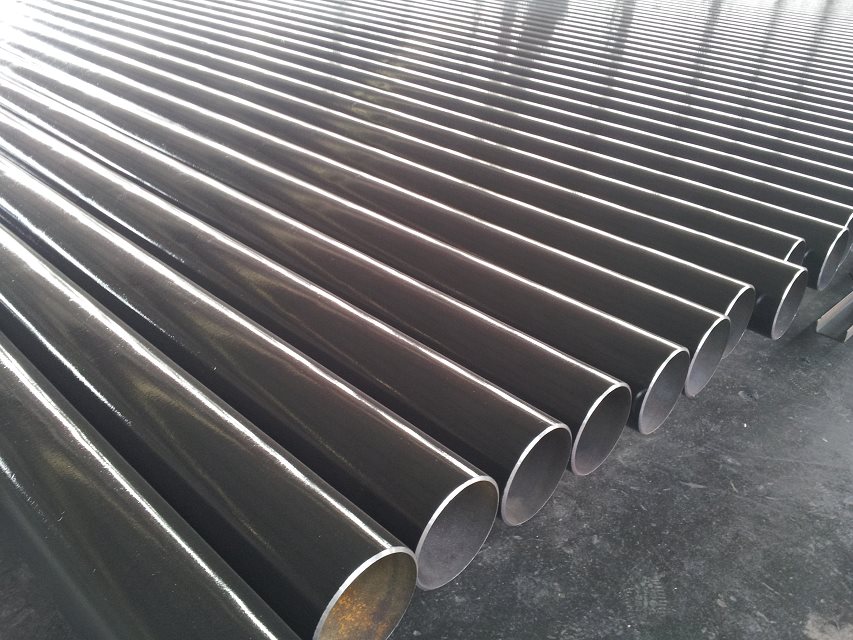
Stainless steel-Magnetism and Other Properties of Stainless Steel
Yes to varying degrees. The magnetism of stainless steel is affected by its alloying elements, atomic grain structure, and the amount of cold-working during fabrication.What are 18-8, 300-Series and 400-Series stainless steels?The American Iron and Steel Institute (AISI) has created widely accepted grades for stainless steels. These grades are identified by series numbers 100 through 600 where each series is organized by alloy and grain structure properties. Most common to the electronics fastener industry are 300-series and 400-series stainless steels. The 300-series steels have an “austenitic” metallic grain structure while 400-series have “ferritic” or “martensitic” structures. Among other alloying elements, several 300-series stainless steels contain approximately 18% chromium and 8% nickel. Thus “18-8” is a loose characterization of stainless steel grades 302-305, 316, 321 and 347. Even more general is the acronym “CRES” which typifies any corrosion-resistant steel.Read more -
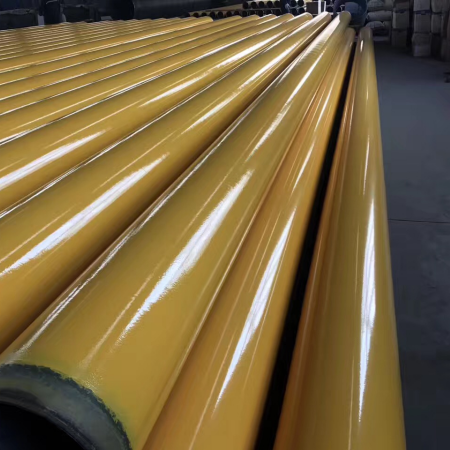
Carbon Steel Pipe-The Origins of Stainless Steel
As manufacturers and builders, we know how to make things, because that’s our job. But do you know where the materials you rely on to create your products come from? For instance, the many different grades of stainless steel we sell don’t come out of the ground that way. They must go through an intense alloying process in order to ensure every inch of metal you use in your production process can meet the highest standards for performance, durability, and reliability.Read more -
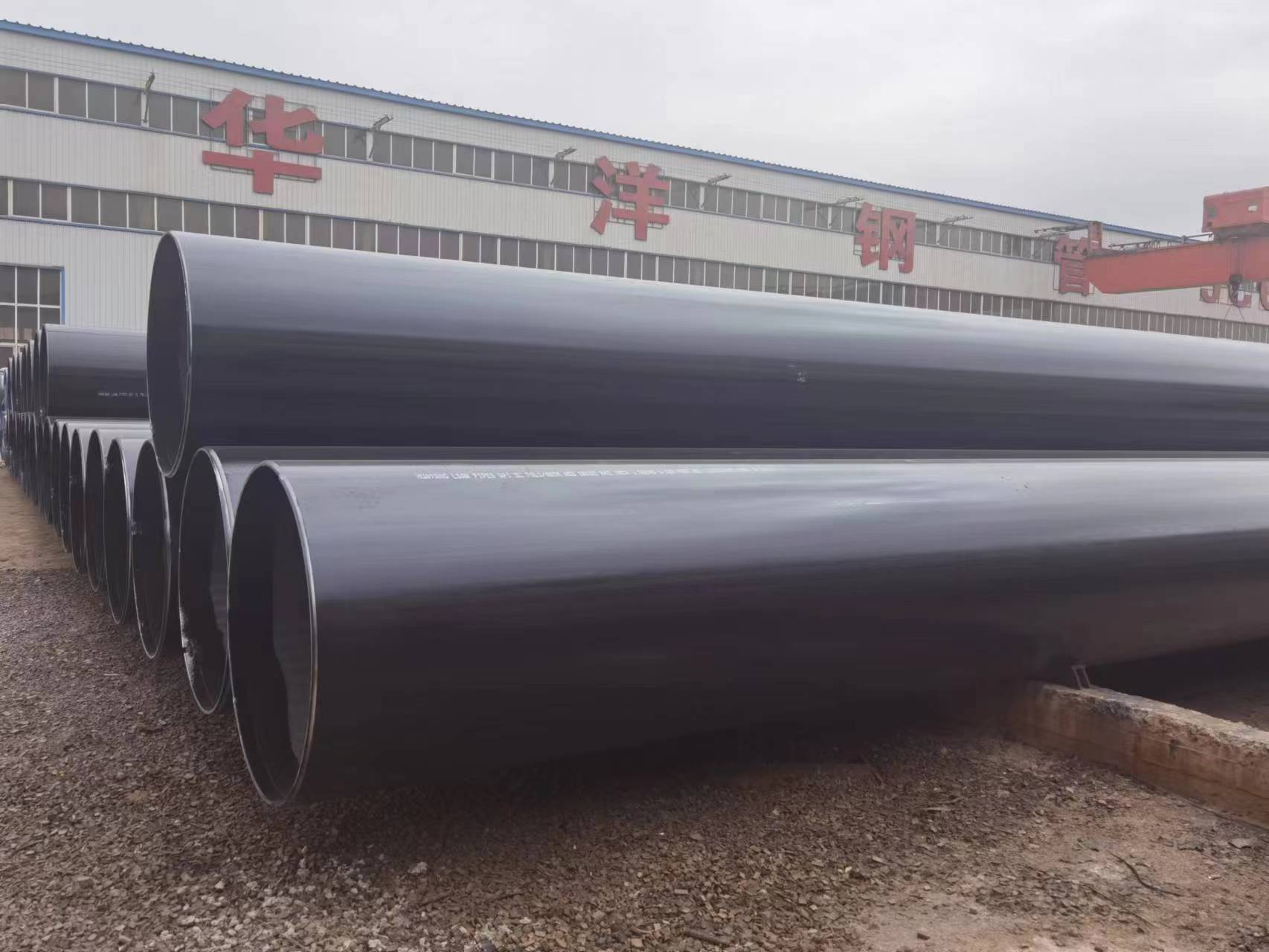
stainless steel can STAINLESS STEEL RUST?
Stainless steel is known for its beautiful appearance and excellent durability. It’s easy to clean, can last a long time, and sees regular use in everything from kitchen flatware to industrial machinery.Read more -
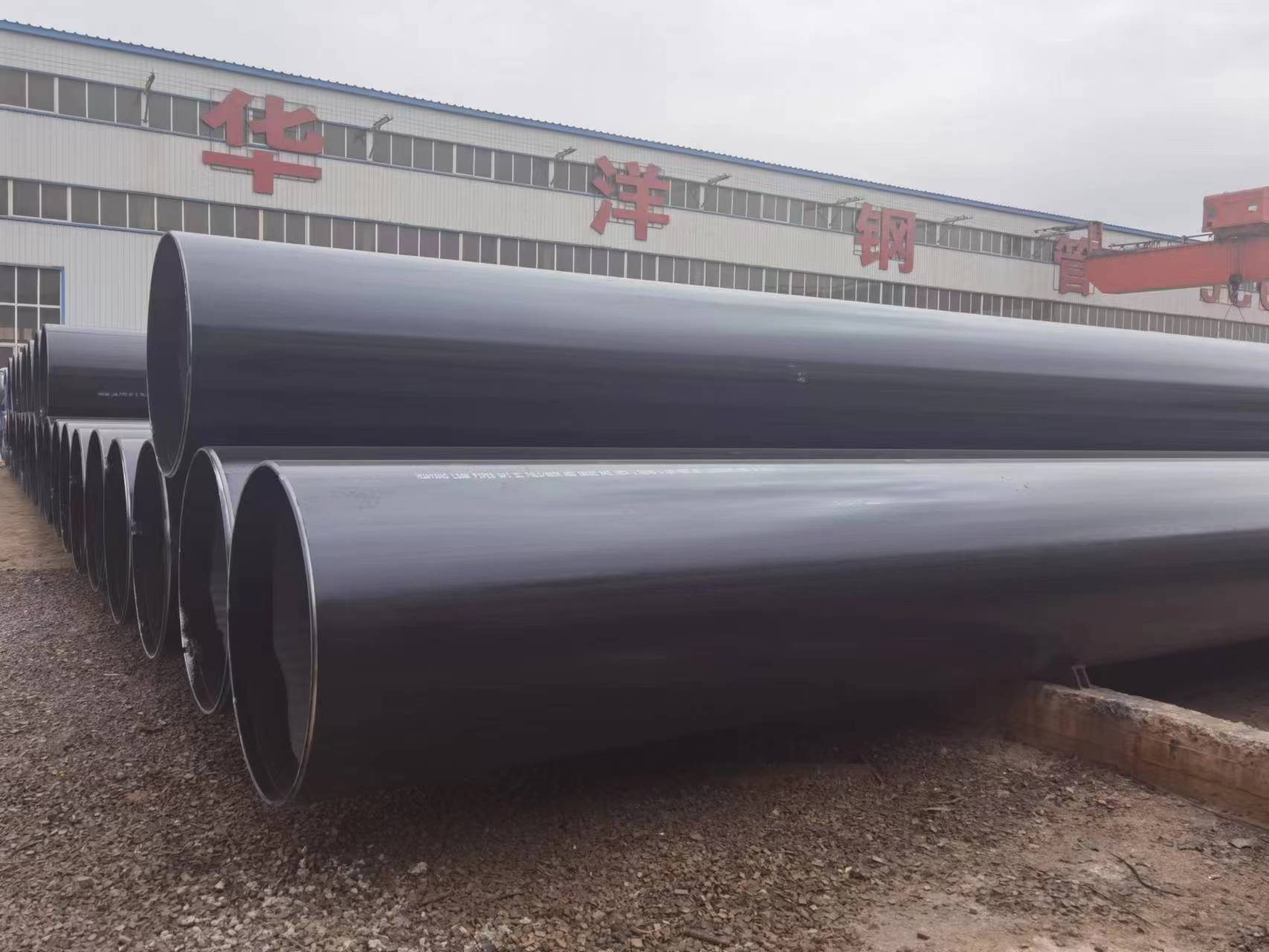
Stainless steel-Which Types of Stainless Steel Are Magnetic?
Ferritic stainless steels are commonly magnetic. This type of stainless steel contains a maximum amount of ferrite in its chemical structure. Ferrite is a composite of iron and additional elements. The combination of a ferritic crystal composition with iron produces ferritic stainless steel magnetic in nature. But, much ferritic stainless steel can have lower magnetic strength than conventional carbon steel. Ferritic stainless steel includes different grades such as 409, 430, and 439. These grades are magnetic and widely available in the market.Read more -
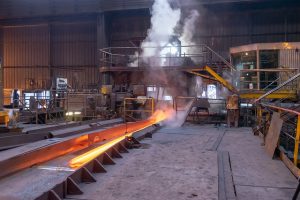
Carbon Steel Pipe-An Introduction to Stainless Steel and How It’s Made
Stainless steel is one of the world’s most common alloys. Consisting of iron, carbon and chromium, it’s prized for its superior level of protection against corrosion. Even when exposed to moisture, stainless steel typically won’t corrode. Since it’s not a pure metal, though, manufacturing stainless steel is a methodical, multi-step process. To learn more about stainless steel and how it’s made, keep reading.Read more -

stainless steel Talk about DOES STAINLESS STEEL RUST?
Unlike iron or carbon steel, stainless steel does not rust. On paper, it is one of the most durable metals on the market, at least in terms of rusting and corrosion. What makes stainless steel so tough? And… does stainless steel really not rust?Read more -
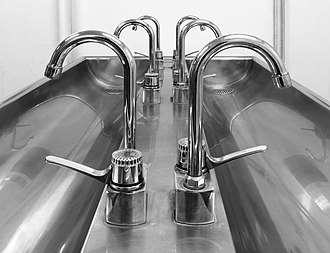
Stainless steel-is stainless steel magnetic
Stainless steel, also known as inox, corrosion-resistant steel (CRES) and rustless steel, is an alloy of iron that is resistant to rusting and corrosion. It contains at least 10.5% chromium and usually nickel, as well as 0.2 to 2.11% carbon. Stainless steel's resistance to corrosion results from the chromium, which forms a passive film that can protect the material and self-heal in the presence of oxygen.[1]: 3 The alloy's properties, such as luster and resistance to corrosion, are useful in many applications. Stainless steel can be rolled into sheets, plates, bars, wire, and tubing. These can be used in cookware, cutlery, surgical instruments, major appliances, vehicles, construction material in large buildings, industrial equipment (e.g., in paper mills, chemical plants, water treatment), and storage tanks and tankers for chemicals and food products.The biological cleanability of stainless steel is superior to both aluminium and copper, and comparable to glass.[2] Its cleanability, strength, and corrosion resistance have prompted the use of stainless steel in pharmaceutical and food processing plants.[3]Read more -
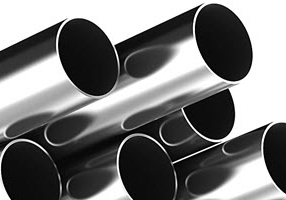
How Stainless Steel Products are Produced in 9 Steps
Stainless steel is an extremely durable material. The non-magnetic and corrosion-resistant properties make it the ideal choice of metal for several different applications. Further, stainless steel products have proven to be far more superior than other metals, increasing its demand across industrial sectors. At Alliant Metals, we have responded to this demand by distributing pre-finished raw materials at lower prices.Read more